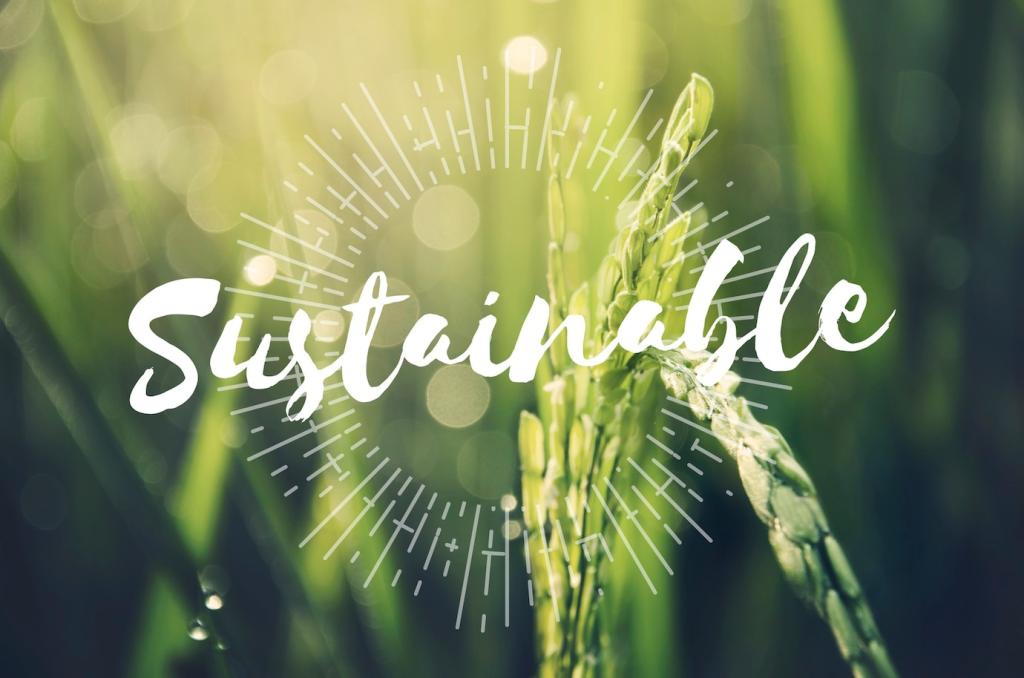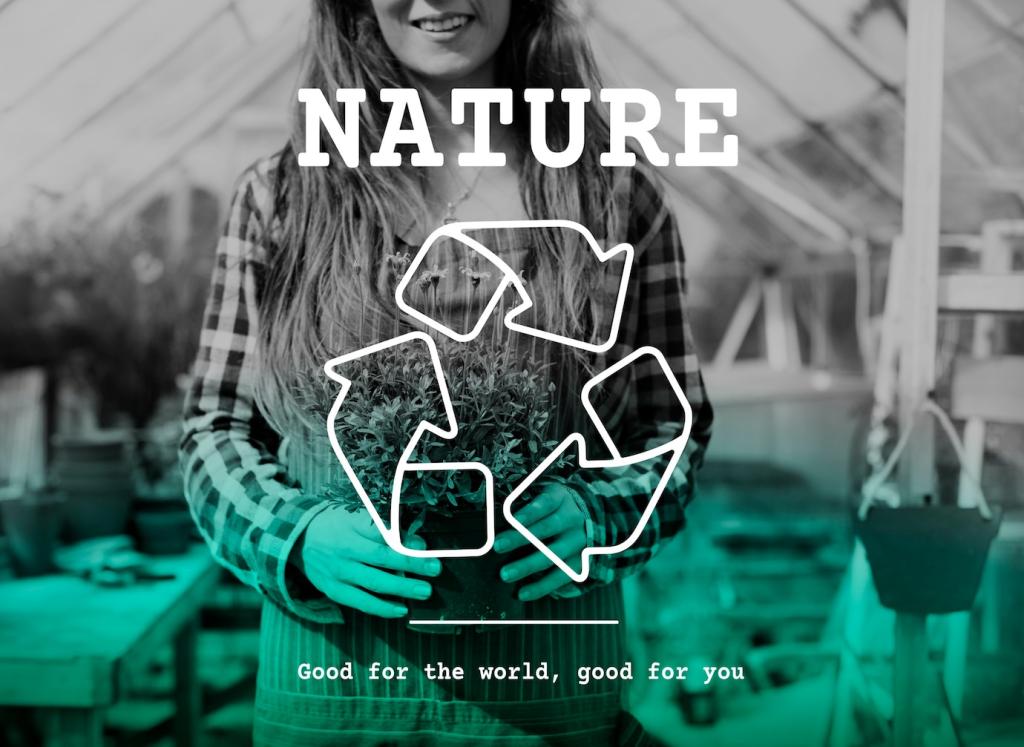From Field to Floor: A Rug’s Journey
Jute stalks are retted, fibers combed, and yarns twisted to strength. Seagrass is cut, sun-dried, and braided into smooth strands. Wool is shorn, cleaned, and spun into lofty yarn. Each step turns raw nature into threads ready to weave a story beneath your feet.
From Field to Floor: A Rug’s Journey
On the loom, patterns tighten into structure. After weaving, edges are bound, and backing is applied—seek natural latex or stitched felt for breathability. Minimal chemical washes protect integrity. The result: a rug that feels honest, ages gracefully, and welcomes bare feet with quiet, grounded confidence.


